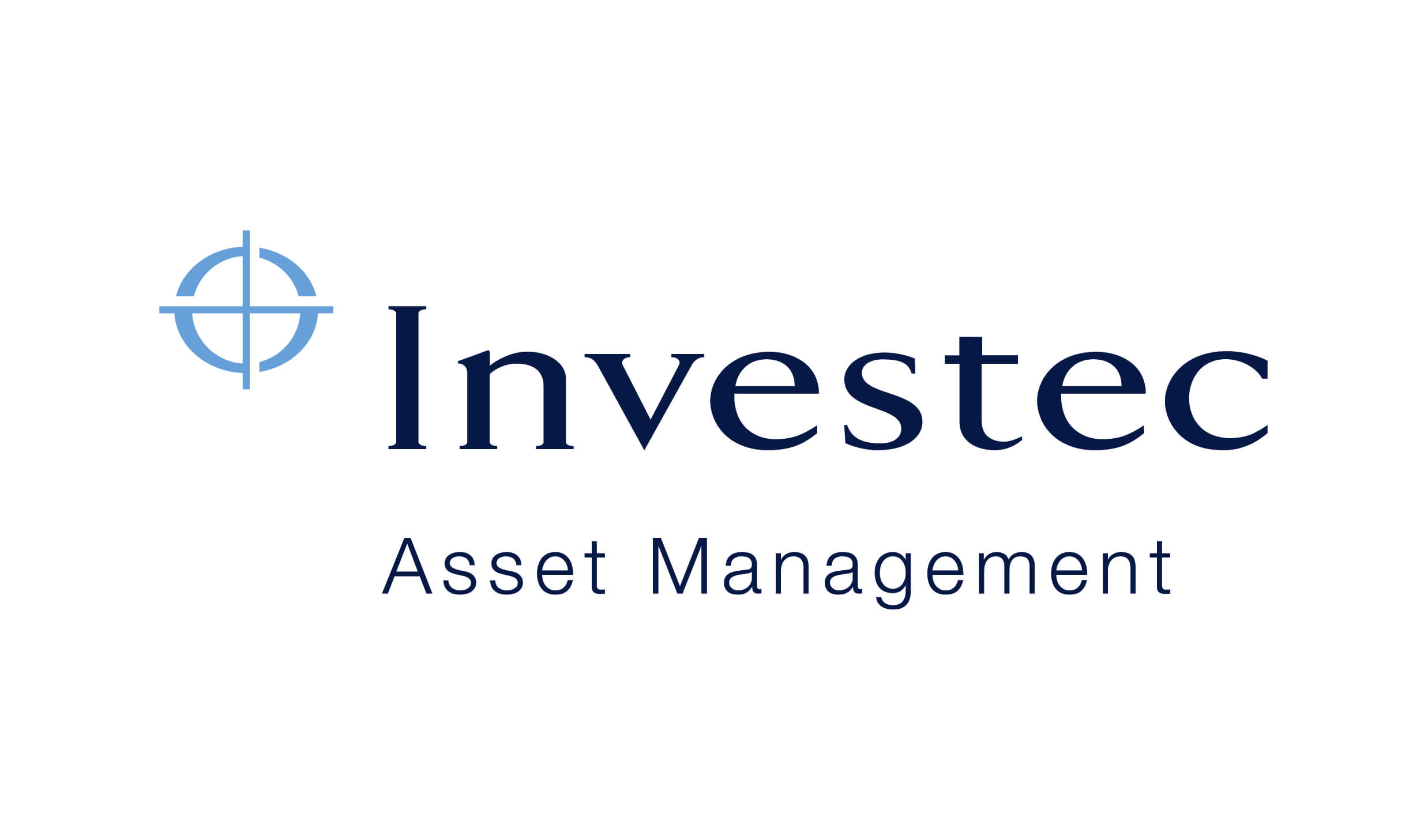
Listen to this and tell me if it sounds familiar: a customer is browsing your online shop, and they’ve decided to buy one of your products. It’s unsurprising; you’ve worked hard across your business to get them to this far — great products, good marketing, and fantastic shopping experiences are no happy accidents. Finally, they type out all their payment, delivery, and personal details, and hit that all-important complete purchase button.
But the payment fails. It hasn’t been authorised. Has it happened to you before?
It’s a more common (and frustrating) problem than you may think. 15 per cent of recurring credit card payments decline, according to Visa and Mastercard. Some industries exceed the 30 per cent mark. Neither you nor your customer can understand why it’s happened; their details are correct and they have credit, why wouldn’t it work? All you’re given is a message such as ‘do not honour’ — there’s really no further action you can take.
Ultimately, your customer walks away disappointed and unlikely to return. Not only have you just lost a sale, but you may have lost a lifetime customer.
The cause of declining a genuine customer is named as a false decline. It’s neither your own nor your customer’s fault, but these types of declines cost UK businesses upwards of £1.6 billion in revenue.
Fortunately, there are six simple solutions to accepting more good transactions and preventing those pesky false declines that are hurting your business. Here, we explore how online payments work and how you can boost your business.
1. Provide more data
Issuers authorise or decline payments based on evidence. Providing more merchant-side data to issuer banks and payment companies allows them to better assess the risk of each transaction and determine if they are legitimate.
According to large issuers such as Capital One and Amex, submitting additional data from the merchant-side leads to a one to three per cent increase in authorisation rates and significantly reduces false declines.
This can be achieved with Transaction Risk Analysis (TRA) tools, where fraudulent orders can be filtered out and good orders (enriched with data from the merchant checkout) are sent to the issuer for approval.
2. Use quality fraud tools
Managing your fraud rate begins by using your own tools. And there are multiple benefits to using them. Not only will merchants lose less revenue through illegitimate orders and increase confidence in their processes, but they can also help build a reputation with the financial institutions.
Retailers that use machine learning and artificial intelligence to send cleaner traffic to banks reinforce the idea that their orders are more likely to be legitimate. The reverse happens to those who don’t manage their fraud – sending higher rates of fraudulent orders to banks gives the merchant a bad reputation, and bad orders become an expectation. We shouldn’t need to ask which reputation you want to achieve.
3. Authenticate payments when required
The way that payments are authorised is changing, particularly for those in the EU and the UK. This is thanks to the introduction of the second Payment Services Directive (PSD2) and Strong Customer Authentication (SCA). It requires customers to prove their identity at checkout to authenticate payments.
The new regulation steps up all orders, considering them as high risk unless they are exempt or excluded from the new authentication requirements. Merchants can ensure there’s less friction at the checkout through intelligent SCA exemptions and exclusions management.
These systems allow customers to have an easier checkout experience with less friction, meaning more orders for your store. Combined with quality fraud protection solutions, your business can build a record of clean transactions. Objectively, banks should become less conservative in authorising payments. High authorisation rates can spiral into even higher authorisation rates. It’s a good cycle to get into.
4. Accept digital wallets
You should be discerning when selecting a payment service provider. For instance, be sure you’re able to accept Apple Pay, Google Pay, and other digital wallets. Why? Because they require two-factor authentication to complete their purchases. Not only does this create more merchant-side data, but it’s also more likely to pass through fraud filters.
5. Enable card account updater
Many payment processors can automatically update your customer’s saved card details if they expire or are renewed. This stops any awkward declines that may require returning customers to enter new information that would add additional touchpoints to your checkout. Check with your processor and find out if they offer an account updater and that it’s updated.
6. Payment routing
Use payment routing solutions to analyse your particular payment ecosystem. It uses historical data to determine the transaction route which is most likely to result in a successful authorisation. Customer payment preferences and behaviours are different all around the world, so this is especially useful if you cater to an international market.
Merchants should carefully consider their authorisation optimisation strategy. It can make a real difference to your everyday conversions. Better authorisation processes don’t just benefit your business, it creates better experiences for your customers and incentivises future visits to your ecommerce store.


























